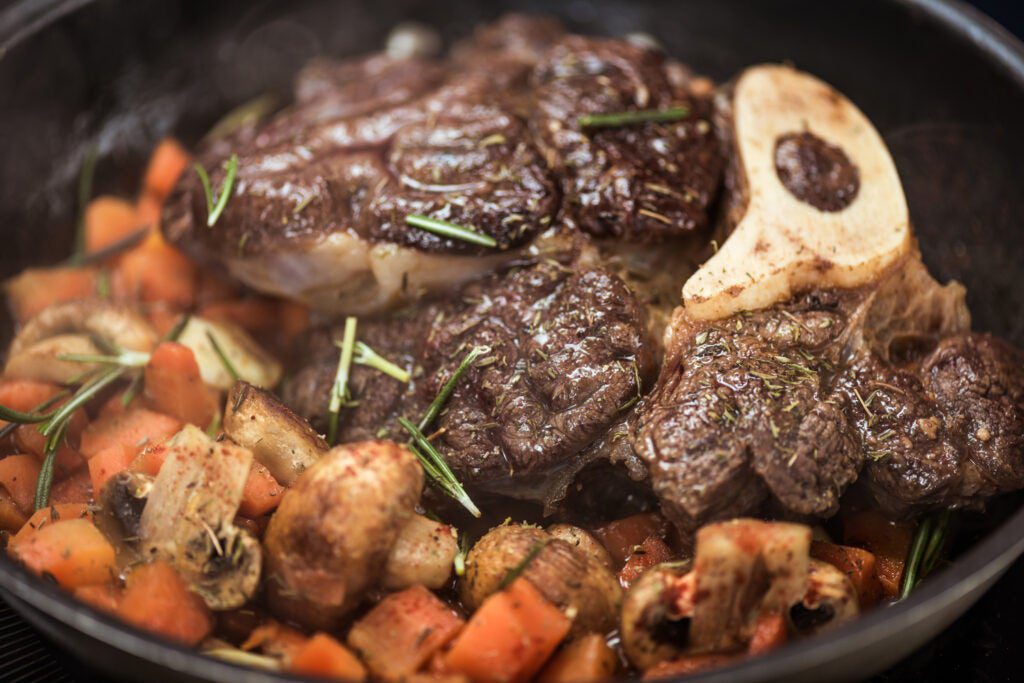Braising and stewing are slow-cooking techniques that result in flavorful and tender dishes. To master these techniques, it is important to choose tough cuts of meat, brown the meat before cooking, add aromatics and liquids to build flavor, and cook slowly in the oven or on the stove. Throughout the cooking process, adjustments such as adding more liquid or seasoning can be made. Braises and stews are typically served with a starch and vegetables. With practice and experimentation, anyone can create delicious and satisfying dishes using these techniques.
Slow and Steady Wins the Race: The Art of Braising and Stewing
Braising and stewing are two cooking techniques that involve cooking food slowly and at low temperatures. This allows the ingredients to meld together, resulting in flavorful and tender dishes. While these methods may seem intimidating to beginners, they are actually quite simple to master with a few tips and tricks.
Choosing the Right Ingredients
The key to a successful braise or stew is choosing ingredients that are tough and require long cooking times to become tender. Some examples include beef chuck, pork shoulder, and lamb shanks. These cuts are typically less expensive than more tender cuts, making them an economical choice as well.
The Importance of Browning
Before starting the braising or stewing process, it is important to brown the meat first. This step adds flavor and texture to the dish. Heat a large Dutch oven or oven-safe pot over medium-high heat and add a couple of tablespoons of oil. Once hot, add the meat and brown on all sides. Remove the meat from the pot and set aside.
The Art of Building Flavor
After browning the meat, add aromatics such as onions, garlic, and carrots to the pot. Cook for a few minutes until softened, then add liquids such as wine, broth, or water. This liquid will be the base for the dish and will also help tenderize the meat. It is important to use enough liquid to cover the meat by at least half an inch.
The Cooking Process
Once the liquid has been added, return the meat to the pot and bring to a simmer. The heat should be low enough that the liquid is just barely bubbling. Cover the pot with a lid and transfer it to a preheated oven. Cook for several hours until the meat is fork-tender. Alternatively, you can continue to simmer the pot on the stove over low heat, but be sure to check on it periodically.
Making Adjustments
Throughout the cooking process, it is important to taste and make any necessary adjustments. Adding more liquid or seasoning can help enhance the flavor of the dish. Additionally, if the dish is too salty, adding a potato can help absorb some of the salt.
Serving the Dish
Braises and stews are typically served with a starch such as potatoes, rice, or noodles. Additionally, vegetables such as carrots, onions, and mushrooms can be added to the pot during the cooking process for added flavor and nutrition. Be sure to remove any bay leaves or whole spices before serving.
Conclusion
Braising and stewing are delicious and satisfying ways to cook tough cuts of meat. By choosing the right ingredients, browning the meat, building flavor, and cooking slowly and steadily, anyone can master these techniques. With a little practice and experimentation, you’ll be able to create flavorful and tender dishes that will impress your friends and family.
